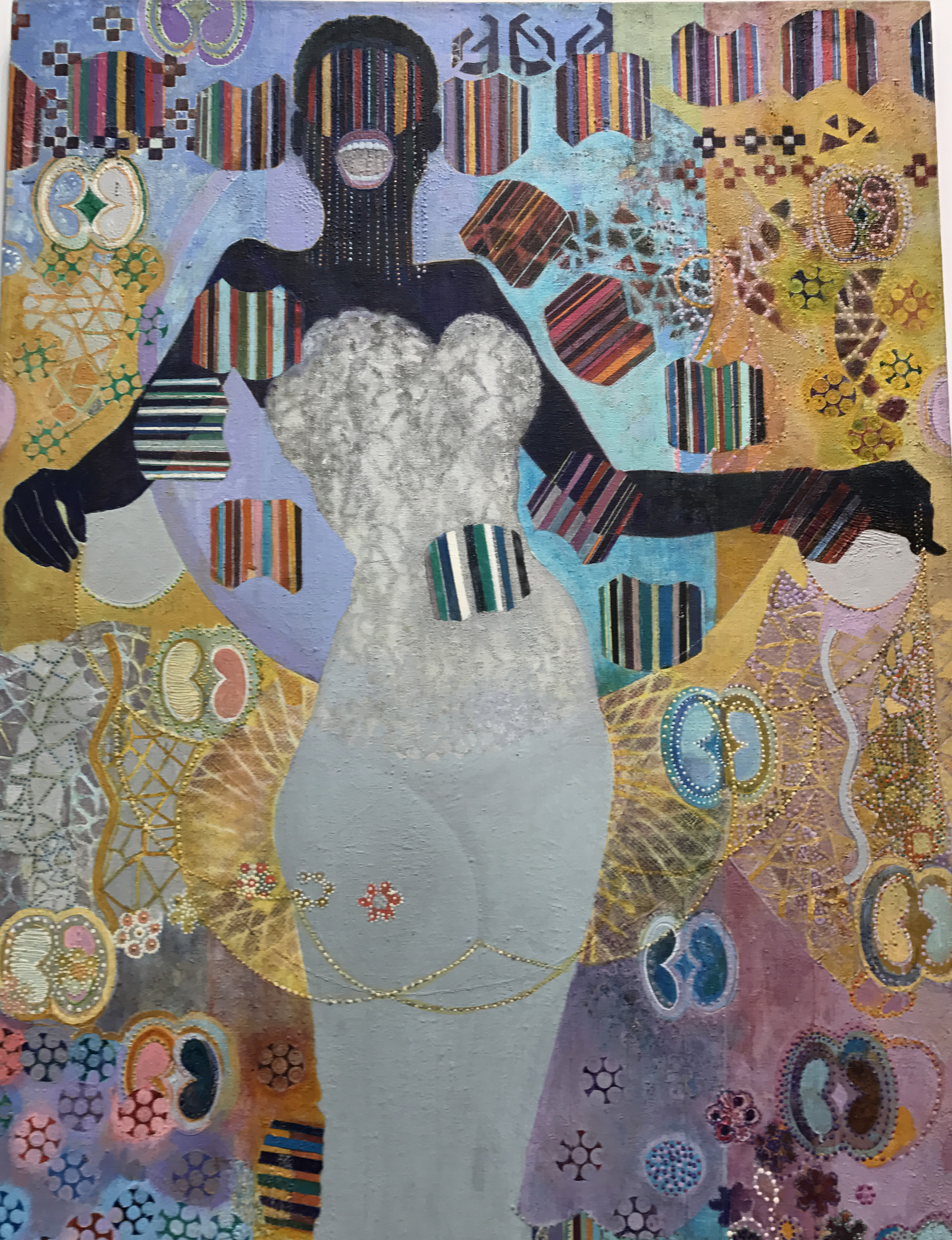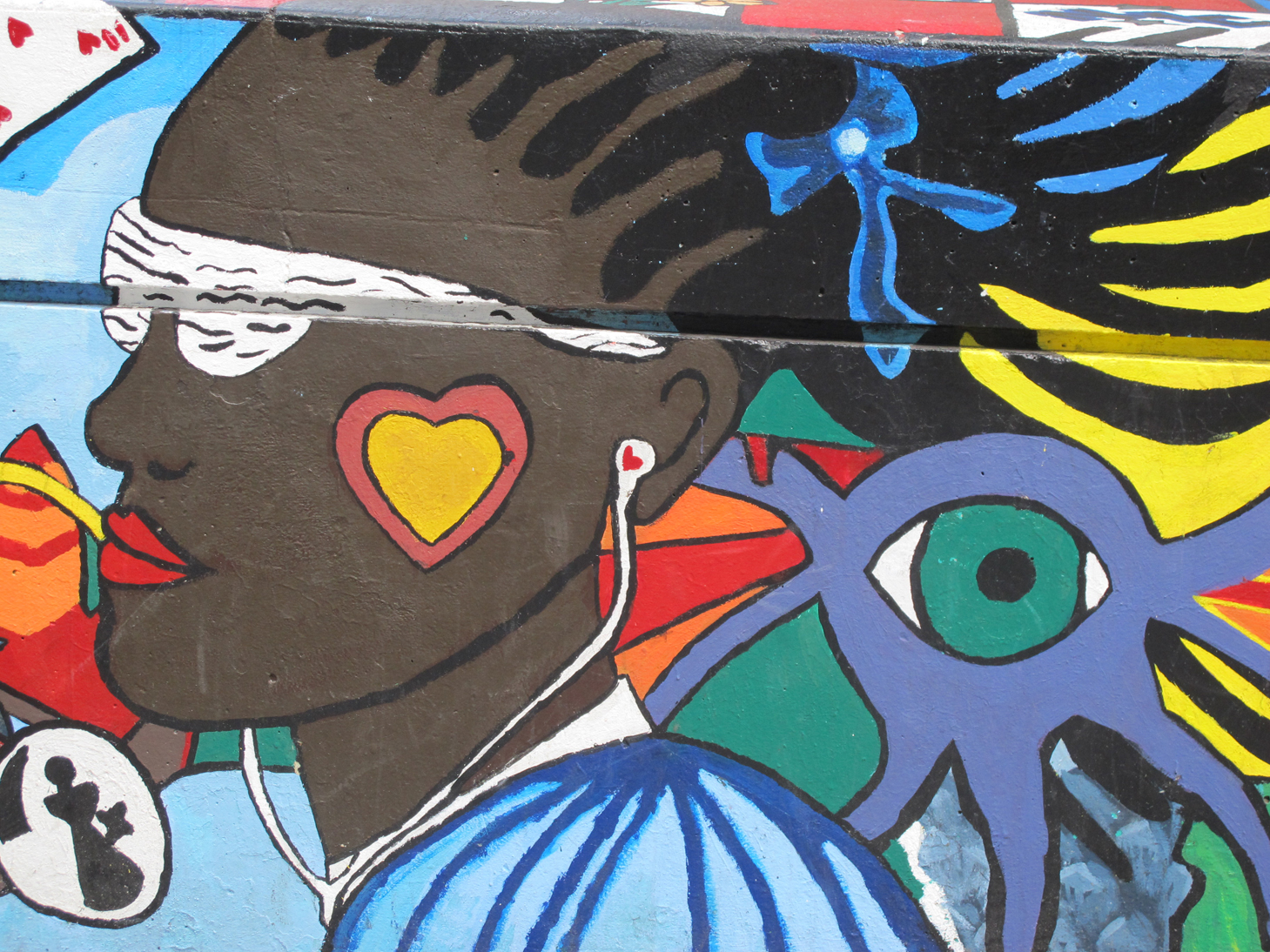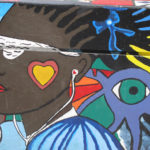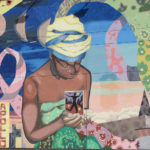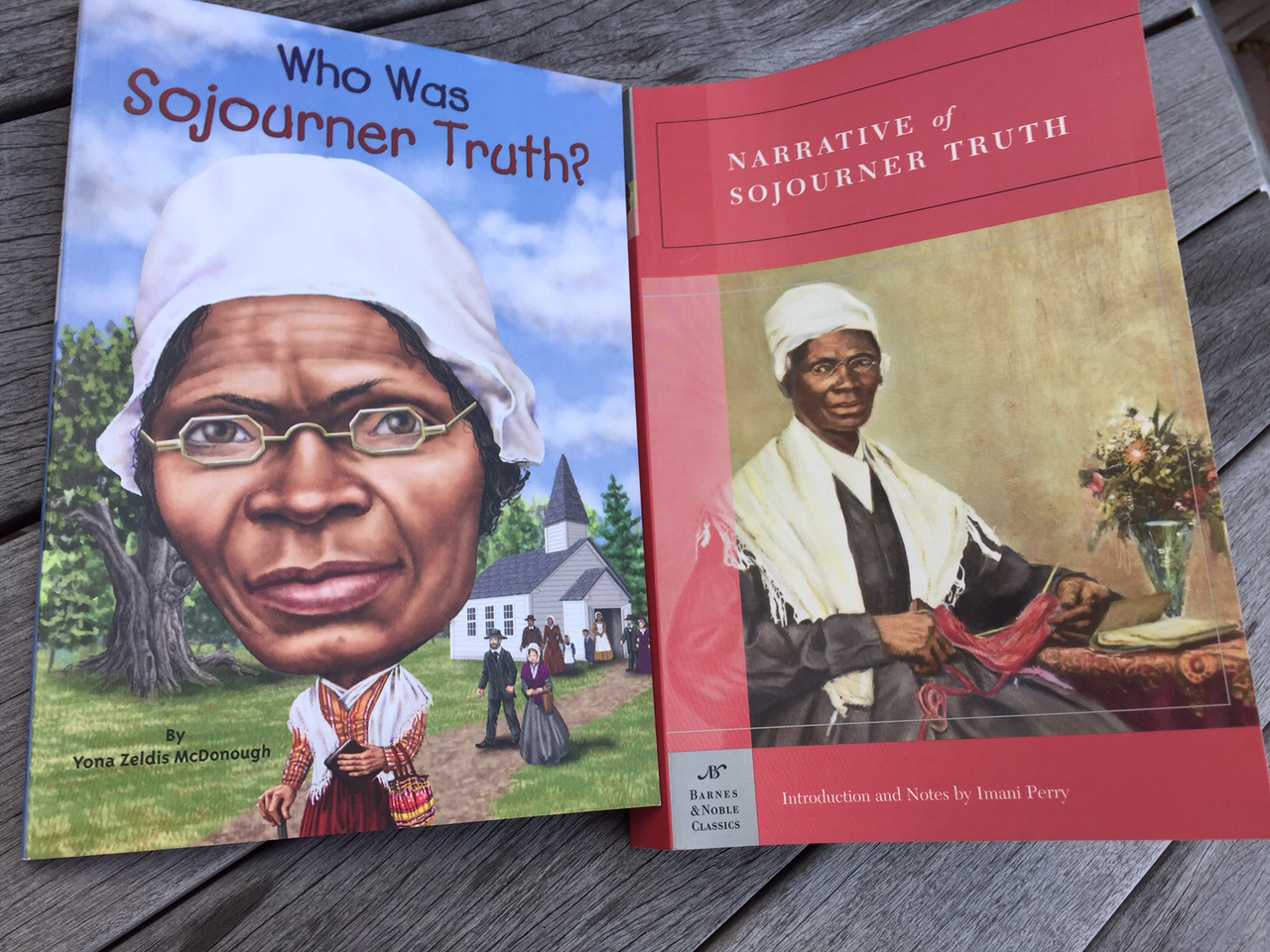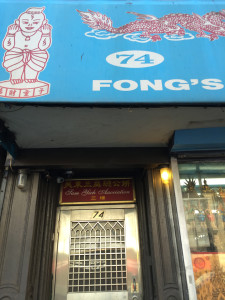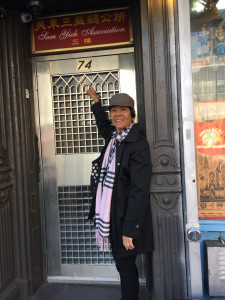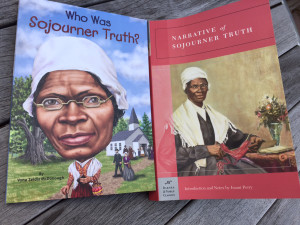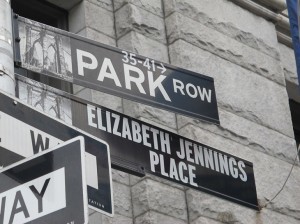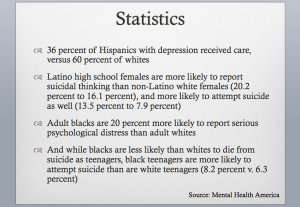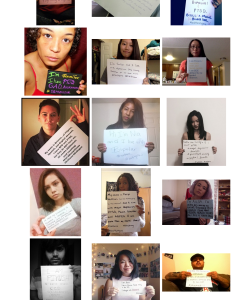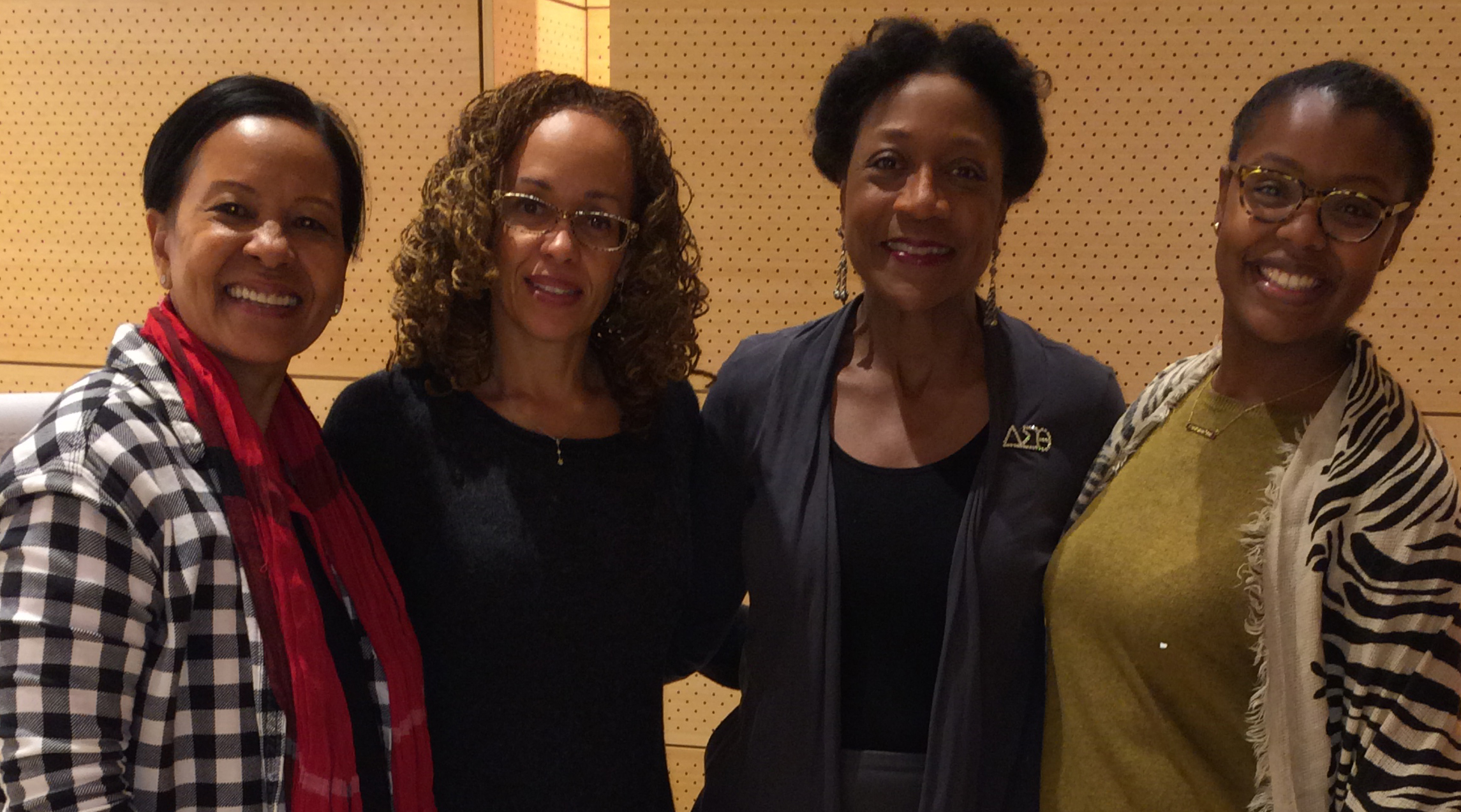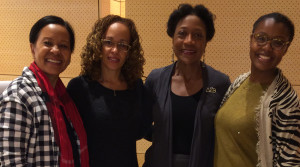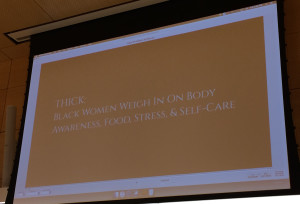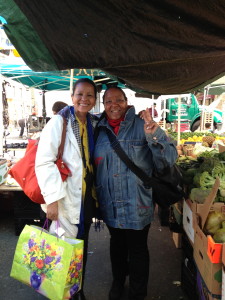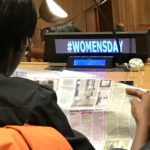
My ‘Ageless, Fly, Advanced Humans’ Pinterest page is a work in progress. Curated to inspire, I expanded it recently in honor of Women’s History Month. I also inserted ‘Still radical’ to update the title.
Still radical. The recent US presidential election has generated requests for my diversity and anti-racism work just as I moved on to do more fun activities. Political, community activities, like meetings, marching and pressuring elected officials to protect the arts, gardens, schools, housing, and historic sites are still my focus.
As caregiver to an elder relative, I decided to signup at the local senior center. The two feisty, black ladies who welcomed me said: “You live nearby? Great. Can you do a presentation on Langston Hughes tomorrow? These people don’t know a thing about Black History.” The twin sisters, both retired, 80-year-old educators said in unison: “Retirement? What’s old? There’s still work to do!”
The twins reminded me of the women on my ‘Ageless’ page. They are all living with grace, style and purpose. When you get a chance, check out the stunning 86-year-old bride making an entrance in her purple-lavender wedding cape and dress. A buffed 74-year-old athlete showed off her glistening muscles. There’s also an ancient African Queen receiving a kiss on her forehead from a granddaughter with the quote: ‘Peace to my ancestors and my elders. I walk in your strength, legacy, power, today and everyday.” Click here to see amazing images.
Here are my Women’s History Month highlights:
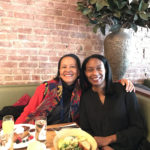
Sisterhood. Although March is recognized as Women’s History Month, I celebrate women all the time. You may thank Smith College, my alma mater, for that! I always enjoy the sisterhood of Smithies and Sib meet-ups.
United Nations. I attended the UN International Women’s Day’s conference. The theme was women’s work – the unpaid and paid kind. The horror stories that I heard about girls and women’s work around the world filled me with empathy and gratitude.
Award-winning actor, Anne Hathaway, this year’s UN Goodwill Ambassador and mother of an infant, spoke about paid maternity leave and how outrageous it is to expect women to go back to work so soon after giving birth.
“The deeper into the issue of paid parental leave I go, the clearer I see the connection between persisting barriers to women’s full equality and empowerment, and the need to redefine and in some cases, de-stigmatize men’s role as caregivers. In other words, to liberate women, we need to liberate men.

“I don’t mean to imply that you need to have children to care about and benefit from this issue—whether you have—or want—kids, you will benefit by living in a more evolved world with policies not based on gender. We all benefit from living in a more compassionate time where our needs do not make us weak, they make us fully humans.”
For Anne Hathaway’s full speech, click here.
American women are still waiting for our country to catch up with Iceland. But the rest of the world’s women need serious help.
“Iceland’s government announced plans to eradicate gender pay disparities by 2022. Four Russian feminist activists unfurled a giant poster outside the Kremlin in Moscow, denouncing the patriarchy (they were arrested). India’s prime minister honored a symbol of rural women’s aspirations for dignity and self-sufficiency — the toilet. The Egyptian authorities said they would allow female prisoners an extra family visit this month.” To read more, click here.
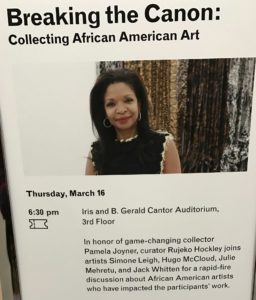
Brooklyn Museum’s Fund for African American Art Benefit honored Pamela J. Joyner for her courageous and tireless commitment to artists. Talk about fly! Ms. Joyner is a beloved and fabulous arts advocate. “She’s a treasure to the black artist. There’s no one like her!” artist Jack Whitten told the audience. A panel discussion ‘Breaking the Canon’ moderated by Rujeko Hockley, featured artists Simone Leigh, Hugo McCloud, Julie Mehretu, and Jack Whitten. A private reception was held in the beautiful Beaux-Arts Court with live music and delicious food. Click here for more about Pamela J. Joyner.
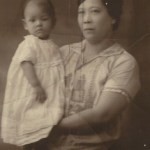
Maternal Re-post. I always reflect on family during Women’s History Month. If she were alive today, I think my mother would feel proud that her Chinese-Caribbean story was featured in the New York Historical Society’s Museum & Library exhibit (2014) called “Chinese American: Exclusion/Inclusion.” It chronicled the complex history of the Chinese in the Americas and the challenges of immigration and migration. Click here for a link.
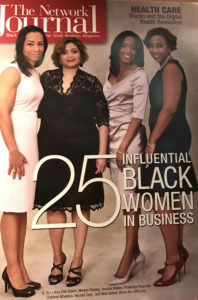
Network Journal. We attended the Network Journal’s 19th Annual ’25 Influential Black Women in Business. Aziz Gueye Adetimirin, founder, CEO of The Network Journal Communication Inc., greeted the audience with lovely words of gratitude to my husband Byron. Apparently Byron had keynoted TNJ25’s inaugural luncheon in Brooklyn nineteen years ago. Held this year at the grand Marriott Marquis, TNJ25 is considered NYC’s top networking event for diverse professionals. Here is an official description of the award event from TNJ’s website:
“Launched in March 1999, The Network Journal’s 25 Influential Black Women in Business Awards honors women whose professional achievements have significantly impacted an industry or profession, and who also have made an important contribution to their community. A “TNJ25” honoree typically is a business owner, or a partner, president, CEO, board chair, or other senior-management executive with significant decision-making authority in the corporate, nonprofit (including academia and medicine), or government sector.” Click here for profiles of the women honored.
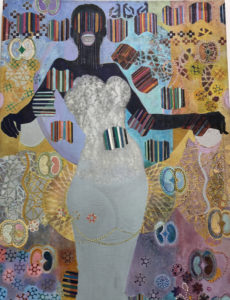
Art galleries. Visiting museums and art galleries are my favorite weekend activity. On a recent Saturday I wandered around three art galleries with artist friend Martha Mae Jones. We started with expressionist artist Jack Whitten’s show at Hauser & Wirth. We saw a dance rehearsal and art inspired by Romare Bearden’s ‘Bayou Fever’ at DCMoore gallery. Finally, Martha’s late friend Jeff Donaldson’s show currently running at Kravets/Wehby Gallery was the icing on the cake. His affirmation of the ‘Black is Beautiful’ movement shines through with lots of paintings of black women. Go see it! Here’s a link to a Donaldson review.
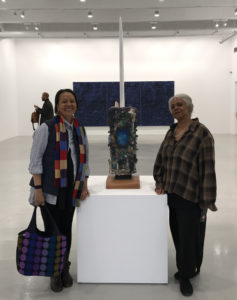
What did you do for Women’s History Month?
